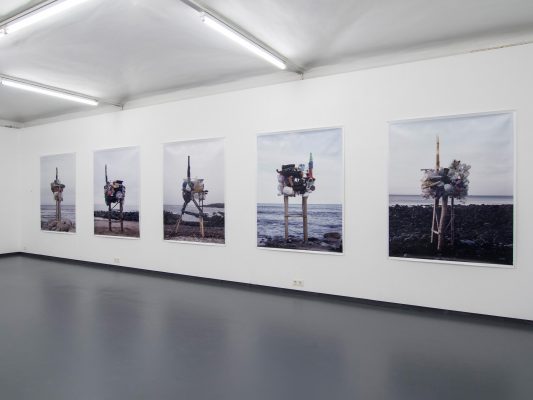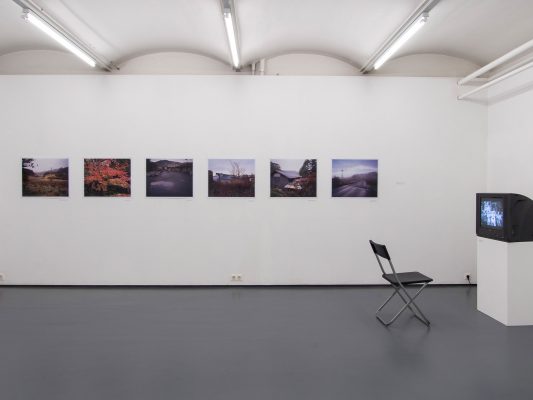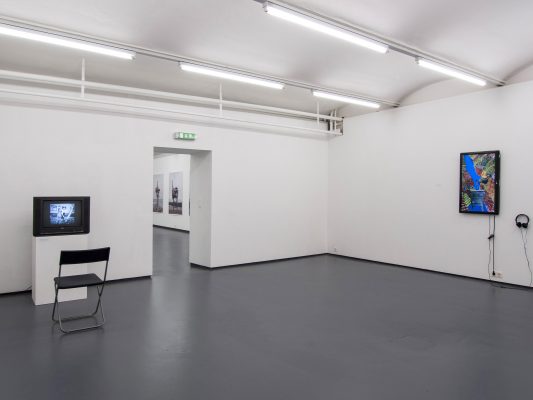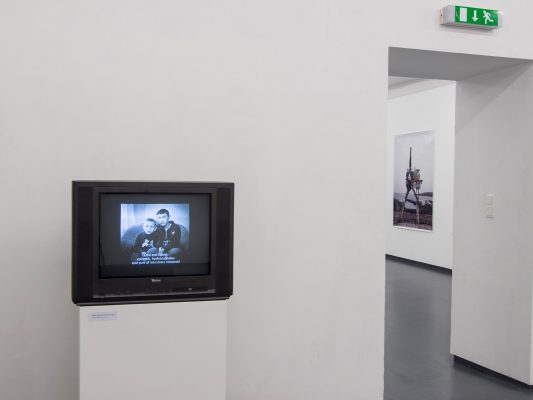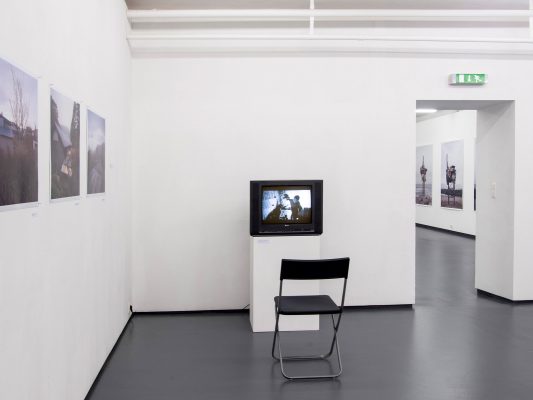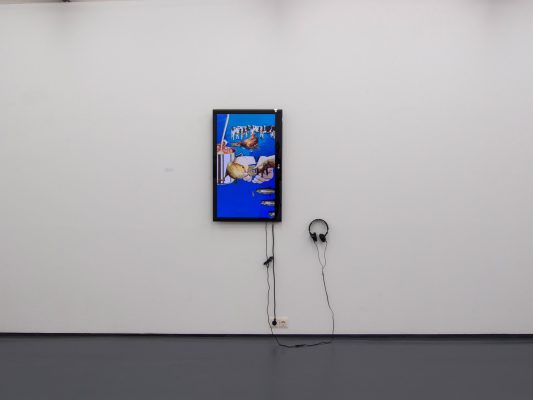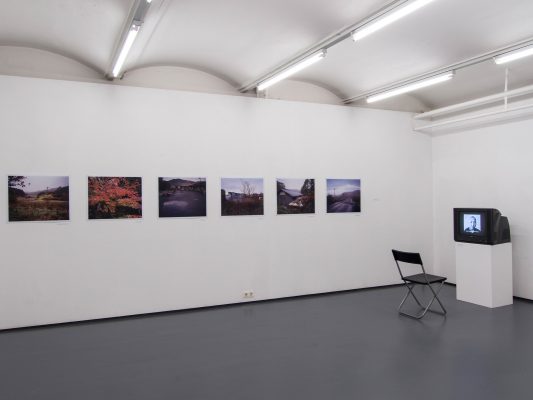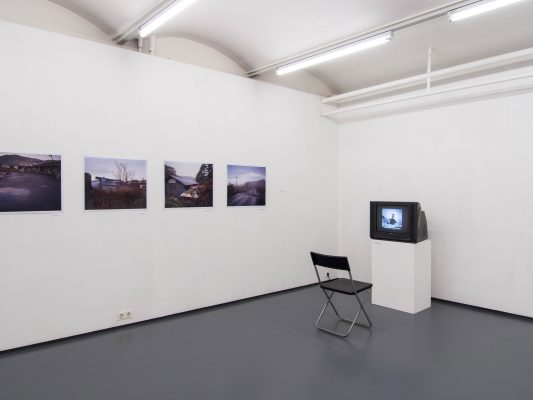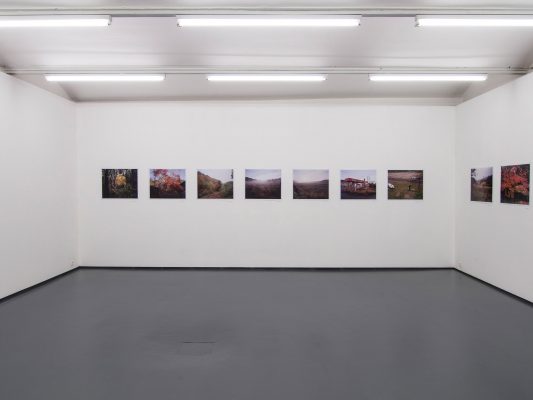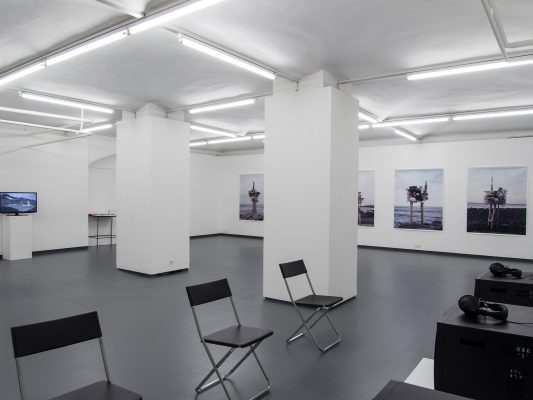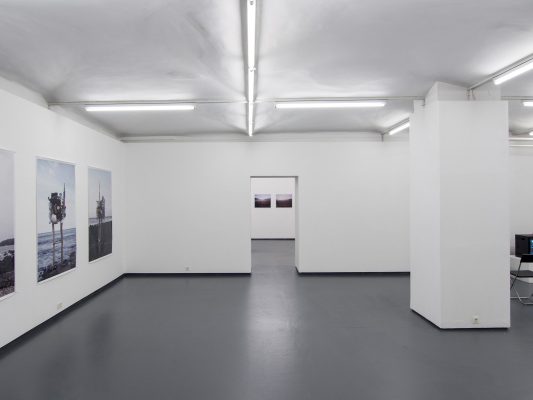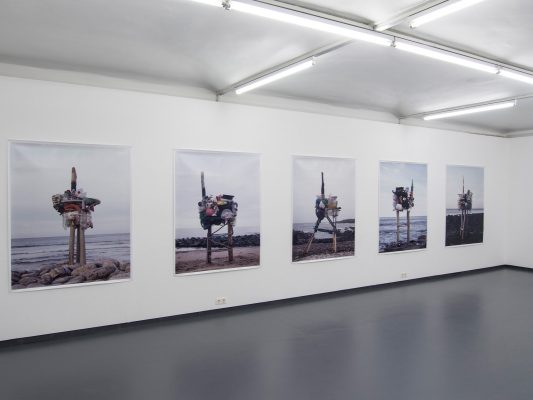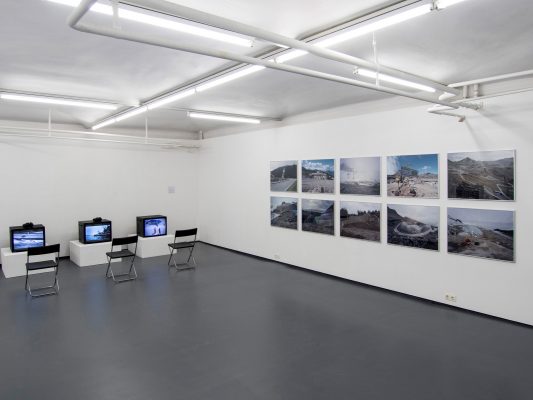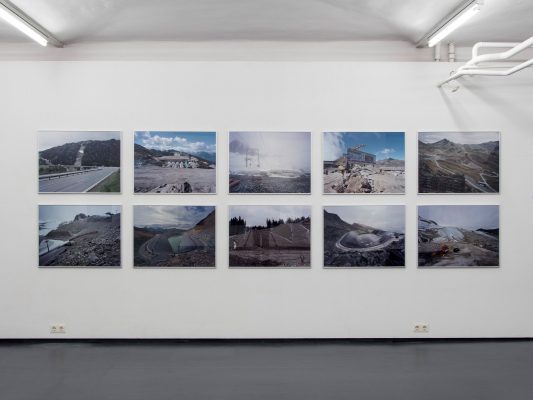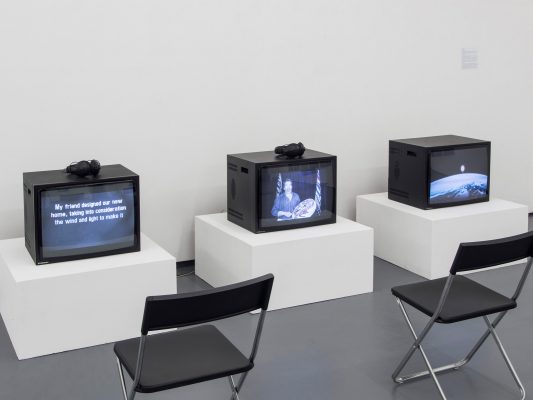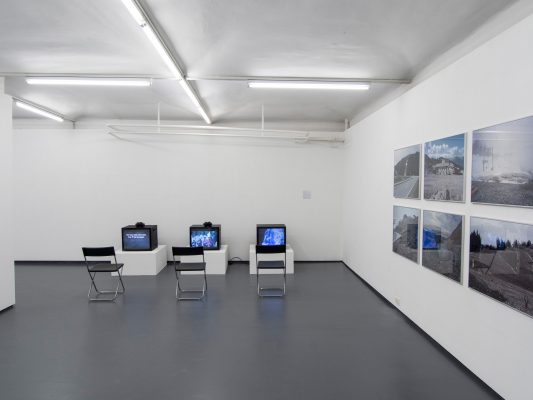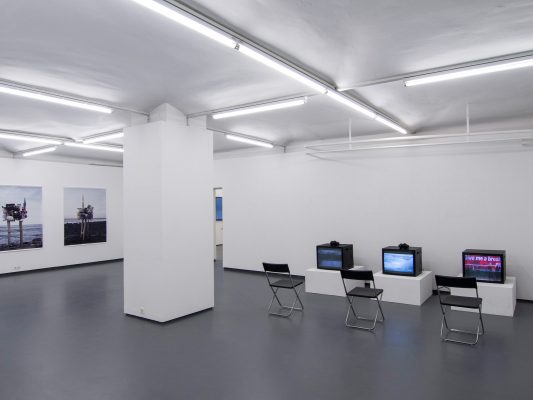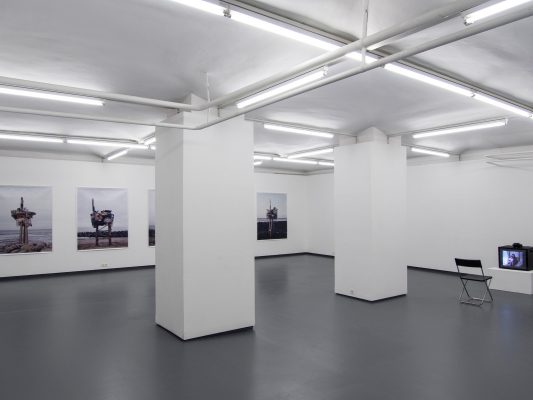Opening: Monday, 8. October 2012 at 7 p.m.
Introduction: Statements by the artists and Greenpeace representatives
Duration: 9 October – 3 November 2012
Cooperation partner: Greenpeace
Accompanying film programme: EUROPEAN PRE-PREMIERE!
Thursday, 18 October, at 3 and 7 p.m. (introduced by Greenpeace)
Chasing Ice, Director: Jeff Orlowski, USA 2012, 76 min.
“National Geographic” photographer James Balog and his team installed forty-three time lapse cameras simultaneously on eighteen glaciers to document the rapid disappearance of the mountains of ice. Chasing Ice provides proof that the consequences of climate change lead to environmental catastrophe.
Reservations please under: fotogalerie-wien@wuk.at
sponsored by: BMUKK; MA7-Kultur; Cyberlab, Wiener Linien; Filmladen Wien; Submarine Deluxe, N.Y.
The threat to our environment by humanity’s massively destructive and exploitative interventions in nature has reached such proportions that many artists feel driven to make clear and critical statements. Crime Scene: ENVIRONMENT is the name of the October exhibition at the FOTOGALERIE WIEN with photographic and filmic positions in which socio-political commitment and art come together. Without being superficially didactic, purely documentary or asserting moral superiority, six artists visualize the serious consequences of global environmental destruction. The works are aimed—over and above the purely ecological message they contain—at asking philosophical questions about our basic understanding of what life is about. Parallel with the art works, Greenpeace, the organization concerned with environmental issues, will be showing videos in the exhibition space. These documentaries relate to actions in which they were involved and to relevant environmental subjects though there are also artistic contributions. There will be a supplementary film programme in the cinema which includes recent films on the subject. With the exhibition Crime Scene: Environment, the FOTOGALERIE WIEN intends to fulfil its role as a public, discursive institution and take a clear position, actively promoting an intense discussion.
Michael Goldgruber is showing the video Monoculture (2012). There is also a photo series of the same name. He is concerned here with the negative consequences of monoculture in both agriculture and forestry and, in particular, with the spruce monoculture that covers vast expanses of Central Europe. The reduction to a single species of tree in order to maximize profit and have the possibility of easier control, added to the fact that the trees are often planted too close together, leads to their death and landscape degradation.
Goldgruber’s images show these dark, monotone and eerie situations accompanied by a soundtrack—which increases in volume—of the wind and the cracking of branches. The images not only signal the artist’s dismay at the financialized forest but also at the clichéd images of nature propagated by the media and the culture in general. On the other hand, they have a strong aesthetic attraction without engaging in romantic glorification.
In numerous photo series—including the BergWerk series being shown here—Tyrolean native Lois Hechenblaikner has been concerned with the destructive repercussions of mass tourism in the Alps. Massive invasive operations such as land filling or levelling, rock blasting etc. have been carried out and turned formerly idyllic landscapes of mountain farms into desolate “industrial zones” (Bernhard Kathan) in order to build ski slopes, cable lifts, access roads and the varied architecture necessary for recreational sport. In the BergWerk series Hechenblaikner photographed, inter alia, a landscape of piled-up cables and pipes—preparation for building entertainment architecture—against the background of a powerful mountain excavator engaged in grading work. There is not only protest or personal dismay embedded in the photographs which are usually without people but, as the building machines burrow their way into the landscape like ravenous animals, also a portion of resignation.
Robert Knoth & Antoinette de Jong’s work generally examines the complex implications of social, economic and political catastrophes for human lives. This is also the case in the photo series Shadowlands, the Fukushima nuclear accident. In autumn of 2011 the artist duo visited Iitate and Namie, two places in Japan forty kilometres from Fukushima, in order to get an impression of the consequences of the devastating reactor accident. The work presents quiet, poetic, natural and cultural landscapes where the contamination is invisible — the uncanny beauty of a deserted region being re-conquered by nature over which hovers a life-threatening but invisible shadow. The untroubled gaze is broken by the information accompanying each photo: the degree of contamination given in microsieverts. The second work, the black and white video, Certificat no. 000358/ (2008), also describes the drastic consequences of atomic pollution. Here the concern is with the numerous nuclear tests and accidents that have taken place in out-of-the-way places in the former Soviet Union of which Chernobyl is just one example. Underlined by sad, melancholy, but also threatening music, portraits of deserted places, interiors etc. are presented along with people and the details of the illnesses they suffer from caused by exposure to high levels of radiation.
Ernst Logar is showing photo works from his series Oil Rigs which is part of the larger research project Invisible Oil (2008) and featured in the award-winning book which was published in 2011. The project confronts us with the all-embracing dependence of our modern society on oil as a raw material and intends to bring to foreground the processes and places that are the oil industry’s centres of power although they normally remain invisible and outside the public gaze. The project is based on extensive research in Aberdeen, the Scottish oil capital of Europe. For the photo series Logar collected plastic objects—made from oil—that were washed up on the beaches around Aberdeen. He made temporary Arte Povera sculptures from the rubbish produced by our throw-away society in the form of oil drilling platforms, naming them after five socially disadvantaged areas of the city — a piece of work which, because of the scurrility of the sculptures, ironically opens up the problem.
Ina Loitzl made her three-part video, PARADOXON, using cut-out animation techniques. The work is based on extensive research carried out in environmental organizations, supermarket chains, social institutions and energy companies and makes use of found footage material from magazines, internet, advertisements. It is concerned with the serious destructive behaviour of our society with regard to production, consumption and waste disposal in the energy, food and product industries. The images move in a loop, sometimes at breakneck speed, like a perpetuum mobile and symbolize the cycle of the frequently paradoxical consequences of our actions. Loitzl works with elements of slapstick comedy and shrill, colourful images – a loud, wake-up plea for a world with more social justice, one that is more economic and environmentally friendly and less driven by consumer greed.
Petra Noll, on behalf of the collective
